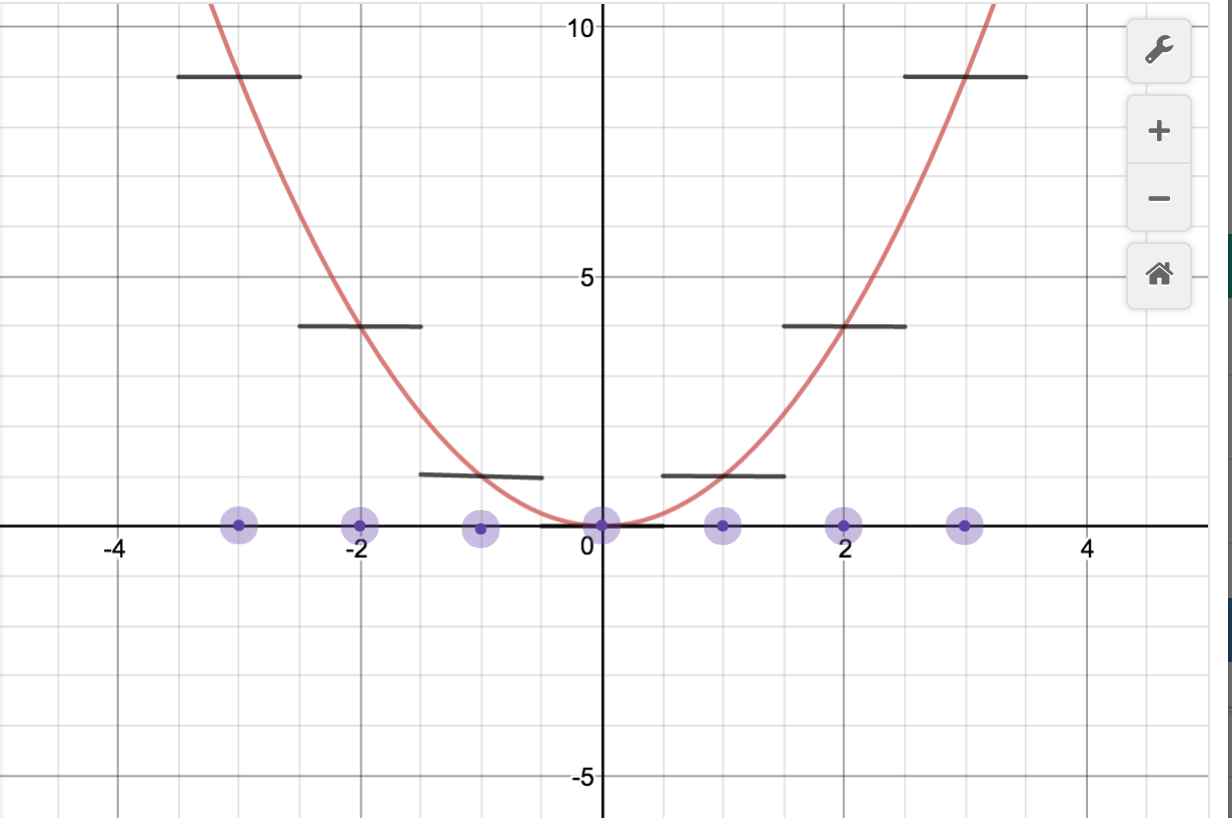

For all questions during the activity the function was expressed as f (x. In this DESMOS activity students were able to visualize how, in general, the graph of function changes, under rigid and none-rigid transformations. 12 students participated, this activity took 30 minutes.

Personally I don’t find geogebra intuitive. On February 19th, DESMOS activity: Transforming Functions was given. As a challenge extension, compare the equations as the distance from the hoop increases or as the players height changes.

Topics in Calculus: Limits, Continuity, Functions Overview: In this activity, the. Use quadratics in vertex form or standard form to write an equation describing the motion of a basketball.
#Composite functions desmos activity full#
To get more capability you have to download the full app. 4 State the theorem for limits of composite functions. You can use a function on points This example scales the points by a factor of 2, and translates -2 units vertically. You can combine multiple functions together to create a separate function or you can create a composite function. Geogebra has a browser supported graphing calculator as well but it seems to have limited capability and is geared more towards Euclidean constructions. Defining a function once allows you to use this function within other functions. I can’t wait when desmos offers full 3d graphing capability (and i dont mean those hacky 2d parametric curves which give the impression of depth, but that might be a way for desmos coders to wrap their heads around graphing 3d and start this project).ĭesmos is the best 2d browser supported graphing calculator, as far as ease of use, share-ability. Students decide whether various representations are functions or not, sort them accordingly, and answer follow-up questions analyzing the concepts of function or not. Wow… once again i am in awe of desmos capability. My ultimate goal evolved into graphing the more general problem, (big thanks to eric for his code), without actually having to write out the explicit equation, namely rotating the parabola y = x^2 by the counterclockwise angle a, about the generic center of rotation (h,k), defined by the user and implemented by sliders (or entered manually).Īnd yes to find such an equation explicitly you would have to compose 4 functions which is a fun exercise.īy the way i was inspired to get that solution by this article, if you scroll down to ‘transformations’ This exploration with composing functions leads students to the concept of inverse functions by noticing that for some functions f(g(x))g(f(x)) and that the line yx is produced by each composition.


 0 kommentar(er)
0 kommentar(er)
